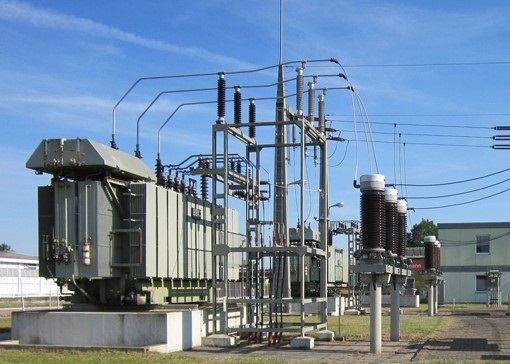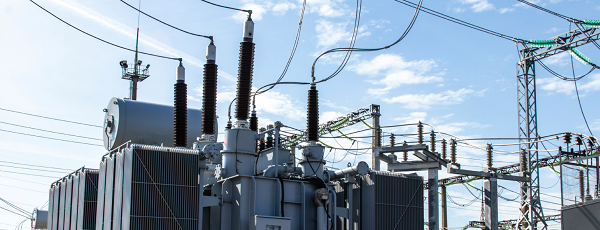OBJECTIVE:
- To get a highly efficient transformer operate with minimum losses.
- To determine the Efficiency of the Transformer on full load Condition.
- To increase the life cost of the static device and gain some Economical Benefit, through transmitting power to the Industrial buyers.
First, manufacturers who receive estimates from purchasers are tasked with constructing an optimal transformer with maximum efficiency. Second, we analyze the transformer’s complete lifetime, therefore we use a Total Owning Cost (TOC) methodology to acquire a transformer with an optimized design. As a result, the manufacturer asks users to develop a low-valve optimized transformer.
The formula is ,
TOC=Bid value+ (NLL)*A+(LL)*B
where,
NLL– No Load Loss, LL– Load Loss
- Capitalization Value of NLL. (The formula which is given below on Pageno:3)
- Capitalization Value of LL.
Then, we have to look on, Energy Cost based on three things of the transformer, they are
- Cost of the transformer
- Cost of Power &
- Cost of Losses
The transformer’s cost price varies from one manufacturer to the next, and it is determined by the material used. Because some manufacturers’ designs differ from those of others, and they also have distinct styles.
When the generator, generates some energy and transmits power to the Industrial Consumers, then the Cost of power will be considered into three categories,
- Energy charge
- Fixed Charge
ENERGY CHARGE (kWh):
The charge, which consist from the Generator power output. Please refer below the Tariff table, for better understanding.
FIXED CHARGE (kWh) :
The charge, which is independent of both Output & Capital charges.

And also, I have attached the Electric bill charge for an Industry. They have mentioned both Price & Demand Charges for Consumption.

COST OF LOSSES:
In transformer, there are two types of losses, they are
- No-load loss
- Load Loss.
The No-load loss, which occurs in transformer core, regardless of the load. Load loss, which is based on load pattern, when the transformer is loaded. In both losses, the Hysteresis loss and Eddy current which is present and contribute. Hence, the loss will play a major role, while designing the transformer.
To calculate the value of capitalization losses, and to design an optimized transformer, we will use some equations, based on losses.\
Capitalization Values Of “A & B”:


| Purchaser | No load loss (kW) | Load loss (kW) |
| T1
T2 |
5 | 505 |
| 15 | 495 |
In this example, the purchaser who wants the optimal transformer design to the electrical power system and also get benefits through transmitting power to the Industrial consumer. The two buyers, who provides the data to manufacture the transformer to the designing team. Then the designers, shall design the transformer with High cost and High efficiency (or) Low cost and low efficiency. High efficiency transformers have lower losses (NLL+LL), while low efficiency transformers have higher losses. As a result, there is a need to build an optimum transformer, and several technical parameters are taken into account. As a result, the transformer manufacturer uses the TOC technique.
| Purchaser | No load loss (kW) | Load loss (kW) |
| T1
T2 |
5 | 505 |
| 15 | 495 |
Example:
The consumer who wishes to acquire the transformer based on the loading pattern is in this situation. Due to the lack of solar power, losses in Solar Power Plants will be lower at night. However, throughout the day, it will supply and run at full capacity. As a result, I’ll select the option (T1).
If one Thermal Power Plant is operating 24 hours a day, seven days a week, I will undoubtedly prefer the option (T2). Because all of the loads were on, the No load loss was a little high at the moment, but the load loss was lower than (T1), allowing the transformer to avoid penalty and extend its service life.
CONCLUSIONS:
Based on the calculations described above, transformer manufacturers use the TOC idea to select the most efficient transformer design. The capitalization values of No-load loss and Load loss, as well as the transformer cost price, are calculated using the TOC approach.
Customers who wish to buy transformers from suppliers need to know about the capital cost of transformer losses, and they must use the TOC (TOTAL OWN COST) technique, which considers the transformer’s lifetime cost of losses. They should also think about the type of load profile that the Transformer can handle. Otherwise, they’ll be lost.




very useful